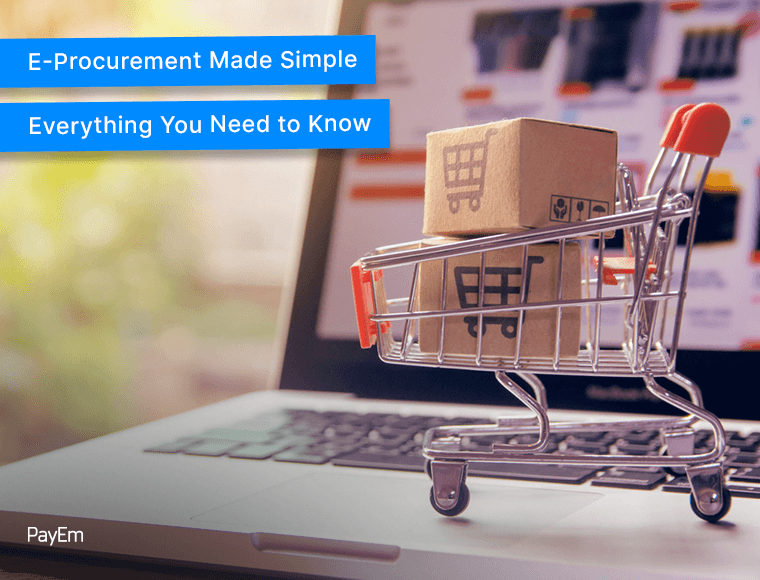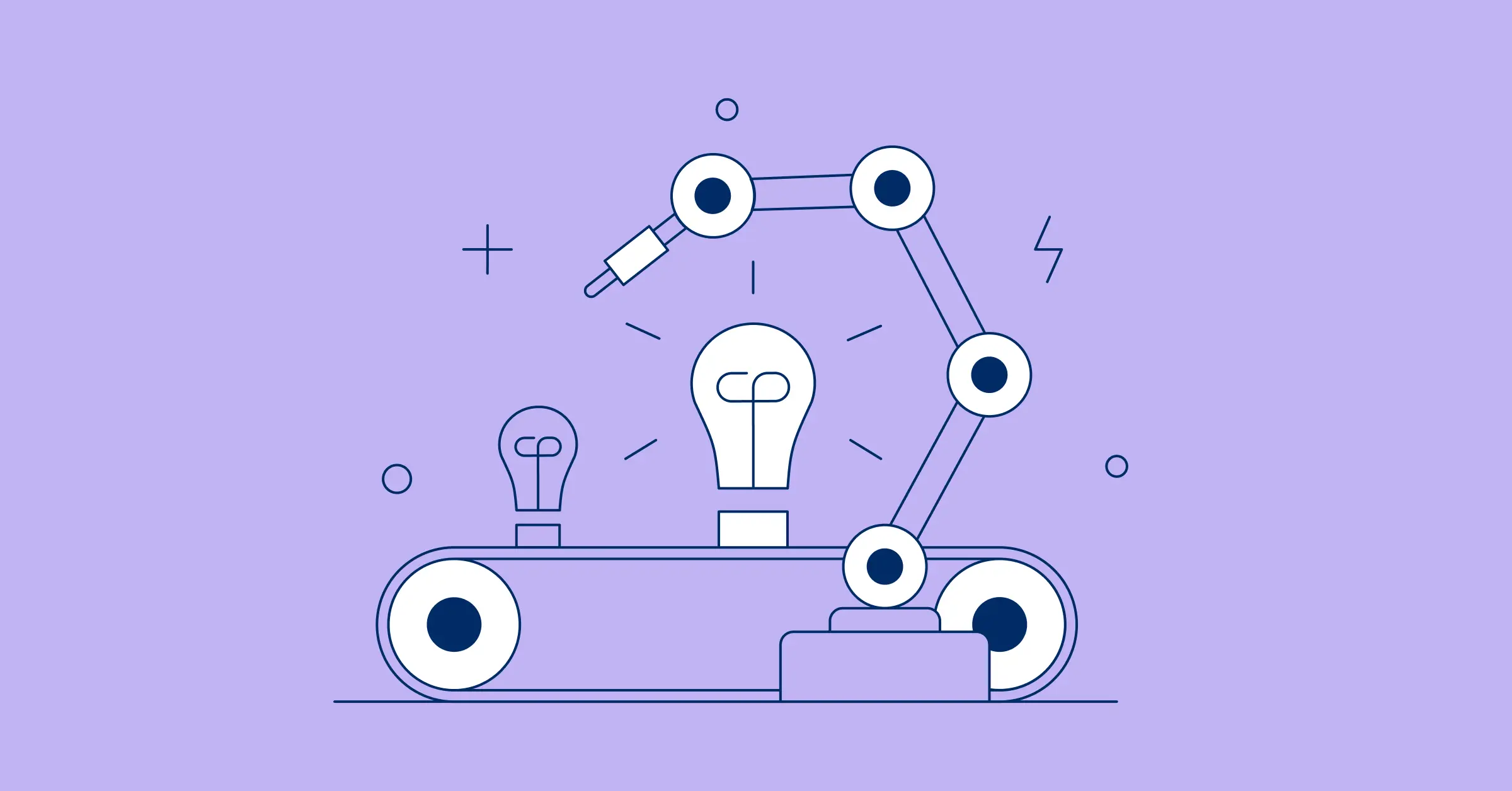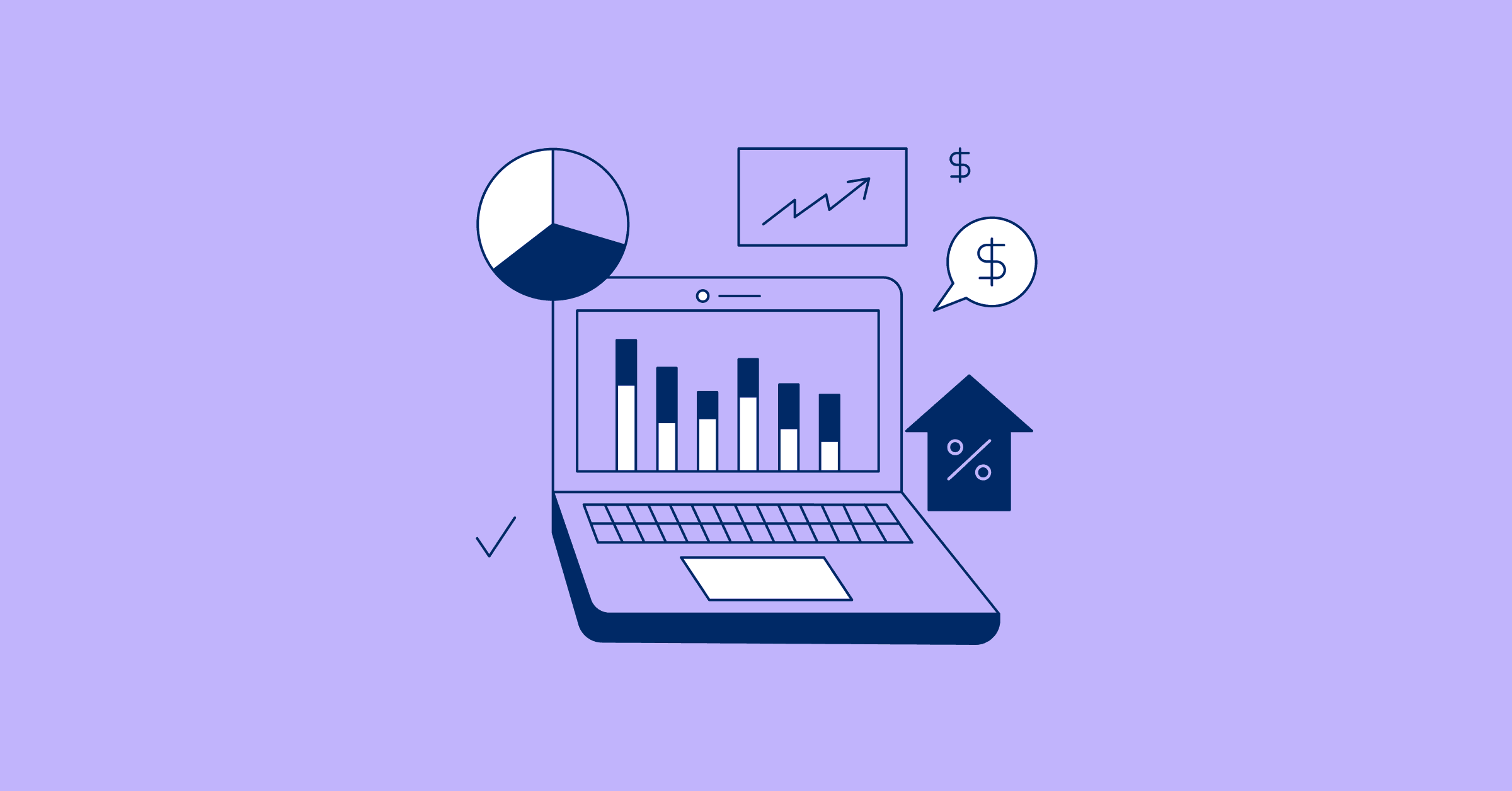November 03, 2022
E-Procurement Made Simple – Everything You Need to Know

Sign up for our newsletter
Stay informed with the latest trends and best practices in finance and procurement.

Unless your business is insular and vertically integrated to an impressive degree, procurement is likely integral to your day-to-day operations, at least in one way or another. This holds true regardless of whether you’re based in Portland, Pittsburgh, or anywhere else. However, as essential as procurement is, it’s been a practice inundated with tired, outdated practices in dire need of a modernizing facelift.
Prior to modern procurement, businesses relied heavily on makeshift systems sourced via email and Excel. With the advent of financial technology solutions in recent years, however, procurement began to iterate, at last, thus resulting in the birth of e-procurement.
This article will cover the following topics:
- What is E-Procurement?
- What is the E-Procurement process, and how is it unique?
- What are the different types of E-Procurement tools?
- How to implement E-Procurement?
- What are the benefits of E-Procurement?
What is E-Procurement?
Otherwise known as digital or electronic procurement, e-procurement refers to the acquisition of goods and services (e.g., procurement) for fast-growing businesses through web-based platforms or services. By eliminating manual paper-based systems, these tools, including PayEm, have resulted in overall time savings, improved productivity, and streamlined processes. In practice, e-procurement enables the centralization of a business’s general procurement and document storage efforts, thus resulting in improved invoice and vendor management.
What is the E-Procurement process, and what sets it apart?
The e-procurement process has simplified and streamlined all phases of the traditional procurement process. From informing to sourcing to ordering, we’ve outlined examples of how e-procurement tools have benefitted each part of the overall process.
What are the different types of E-Procurement tools?
Companies cannot perform E-procurement in a vacuum. In plain terms, this means that e-procurement relies purely on external tools, barring the development of internal alternatives. E-procurement tools fall under the following broad categories:
- Electronic Systems
E-procurement tools that fall under the purview of electronic systems are decidedly old school - they are meant to operate in tandem with traditional procurement processes rather than forging a new path. The primary examples of electronic systems are Enterprise Resource Planning (ERPs) and Electronic Data Interchange (EDIs).
These systems merge logistics, sales, and finance so that startups or larger businesses can maintain business as usual while storing and transmitting data in an efficient and modern manner. More specifically, EDI protocols focus on information communication within a closed system, while ERP software options like NetSuite concentrate more intensely on process management and efficiency analysis.
- Digital Platforms
In contrast to electronic systems, digital platforms represent the future of e-procurement tools in that they aim to provide an alternative to the tired, traditional approaches. At first, these solutions were piecemeal in nature, with options covering only certain aspects of the e-procurement process. However, all-in-one systems have become more common, thereby providing a more seamless experience.
How to implement E-Procurement
Like any aspect of organizational change or development, implementing a new procurement solution can take a substantial amount of time. This goes too for organizations making the leap from traditional procurement to e-procurement. No matter the case, the implementation of e-procurement abides by the following steps:
- Identification of Flaws & Needs
Before the business can begin actively planning, it must first look inwards and take stock of its present situation. Specifically, companies must identify what they hope to gain from an e-procurement solution and what flaws must be rectified with the adoption of a new system. Without such an internal inventory, companies may implement e-procurement tools and methods that fail to address the crux of the initiative.
- Strategic Planning
Once the business has identified its needs and which flaws it wants to address, the actual planning of e-procurement implementation can begin. A company’s e-procurement strategy forms the heart of the endeavor, which should outline stakeholders, phases, KPIs, required resources, and high-level goals - all of which are essential for proper project tracking and, ultimately, its success.
- Solution Shopping
Now that the business has planned out its strategy, it can begin shopping for appropriate solutions. Cost is but one factor to consider in this phase, with cost/benefit analysis providing a much more robust analysis of potential options. Since e-procurement solutions are designed for long-term use, it is crucial to consider the long view when evaluating possible avenues.
- Final Implementation
Implementation can begin once the business has made a final decision concerning which e-procurement system to adopt. If its e-procurement strategy included clear messaging regarding timeframes and resources, the company should find implementation relatively smooth and hiccup-free. However, implementation can be considerably more troublesome without proper resource planning and internal communication.
What are the benefits of E-Procurement?
E-procurement is the first great leap the procurement field has seen in quite some time. With its automated processes and capacity to link departmental functions in a single place, the concept goes from intriguing to a full-on game changer. Boiled down its essential elements, the benefits of e-procurement are difficult to ignore, and include:
- Increased reliability
- Tech-assisted time management
- Purchasing visibility & analytics
- Identification of redundant procedural elements
- Removal of bottlenecks in approval flows
- Elimination of manual paperwork
- Increased transaction speed
- Improved internal and external relations
- Connection to external ERPs and EDIs
- Improved organization
- Enhanced time savings
Moreover, within the realm of e-procurement tools, lies PayEm. As a holistic financial operating system, the PayEm platform is able to take internal procurement systems to the next level, including an expansion to the standard procure-to-pay dynamic with request-to-reconciliation. Furthermore, PayEm allows users to simultaneously integrate other aspects of their business’s financial functions, like funds requests and Accounts Payable. For a no-cost, commitment-free walkthrough of the platform, PayEm’s experts may be reached here.
FAQ:
What are the limitations and challenges of e-procurement?
E-procurement solutions are neither infallible nor cheap. Their high cost aside, their digital complexity may be difficult for users and suppliers to adapt to. Moreover, though e-procurement systems primarily exist within closed networks, the risks of hacking attempts remain.
Does E-procurement result in a competitive advantage?
Absolutely. Between the boost in efficiency that e-procurement solutions provide and their enhanced data storage and analytics capabilities, adopting businesses are granted a competitive advantage over those that do not.
What are the barriers to successful implementation of digital procurement?
The barriers to implementing e-procurement come down to a few simple obstacles. These include budgetary constraints, fear of change, and concerns regarding digital security. Moreover, IT approval, potential tech integrations, and the involvement of third-party support can hinder the implementation process as well.


